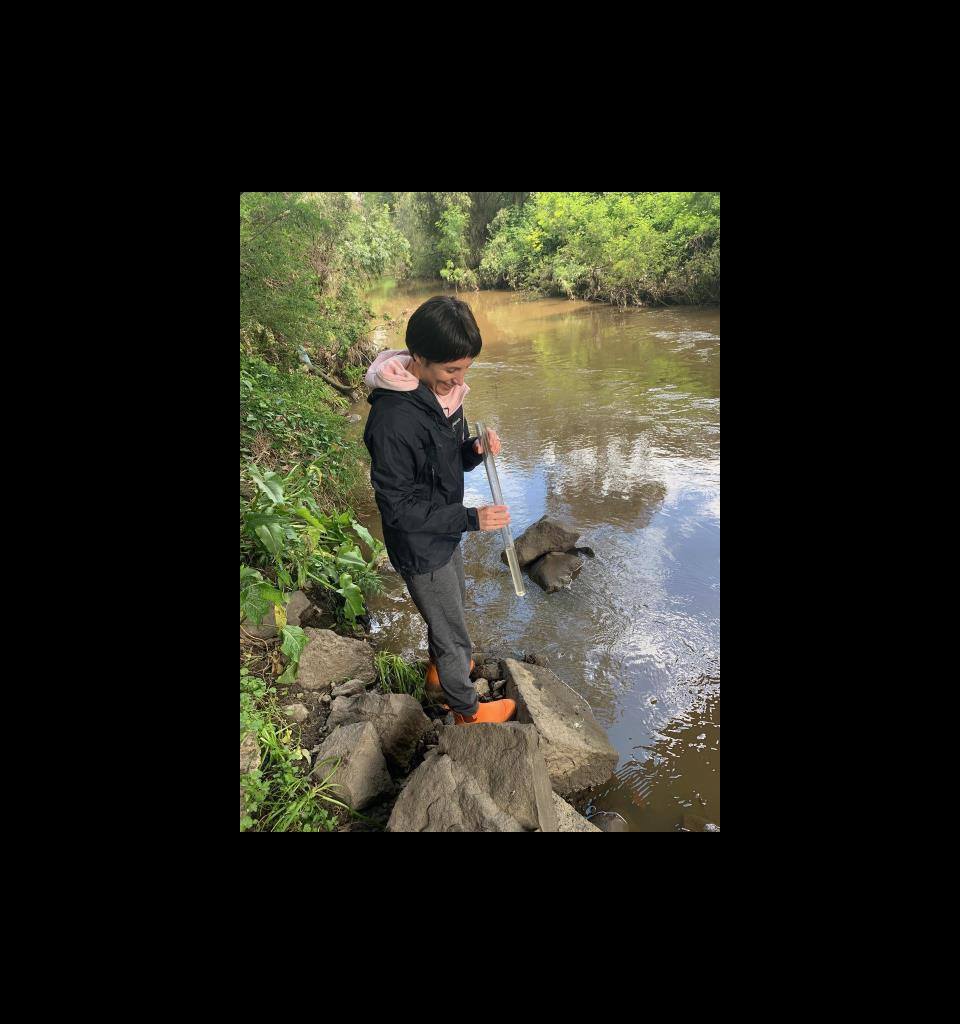
Local citizen scientists have been using an exciting new technique to detect the presence of platypuses in our waterways.
Merri Creek Management Committee Waterwatch has partnered with and to participate in the first event Citizen Science ‘‘.
Platypuses are classified as vulnerable in Victoria due to a loss of habitat, drought, climate change and in urban areas, the high flows of stormwater and pollutants (detergent, oil, litter) that run off into our creeks.
The Great Australian Platypus Search trains volunteers to collect samples from waterways safely and accurately to detect platypus presence within the previous 24-48 hours. Using a large syringe and filters to capture the DNA, samples are taken directly from a waterway and sent to the EnviroDNA laboratory for analysis. Sites all over Victoria have had samples collected by volunteers and schools.
This spring Merri Creek Management Committee Waterwatch had 18 volunteers collect these samples from 11 sites, within the Yarra River, Merri and Moonee Ponds Creeks. By all accounts, local volunteers thoroughly enjoyed their day.
Amanda and children, sampling at the Merri Creek, Fitzroy North:
“When I heard there was an opportunity to test our local waterway for platypus DNA I was immediately curious. My family has lived by Merri Creek in Fitzroy North for nearly 15 years and we love it here. The water and surrounding trees and shrubs keep our little neighbourhood cooler in summer and the walking paths are great, but we know a lot needs to be done to improve the waterway.
In my understanding, platypuses are a great indication that a stream is healthy because they live on invertebrates – water bugs – so the possibility we might have one where we are, in inner urban Melbourne, is exciting. Although realistically, I doubt the creek is healthy enough to support one platypus, let alone a whole family. I’d love for that to change and to welcome this amazing animal back to our little stretch of the Merri.”
Peter, sampling at the Merri Creek, Fitzroy North:
“It was great to meet Amanda, my volunteer testing partner, under the St Georges Road Bridge. She brought along her young family – both little scientists were very keen to help! We used a bucket and string to catch some water then allowed the sediment to settle a bit before taking our two samples. I think everything went to plan and we are crossing our fingers there might be some platypus DNA in there somewhere. We also conducted a turbidity test, so it will be interesting to see how the Merri Creek here compares with other sections.
Regardless of the results, taking part in this research has given me a greater connection to the creek and I’m proud to be contributing to science that will hopefully support and improve the health of the creek. It’s a great initiative and I highly recommend it to anyone thinking about getting involved. I hope there are more in the future!”




